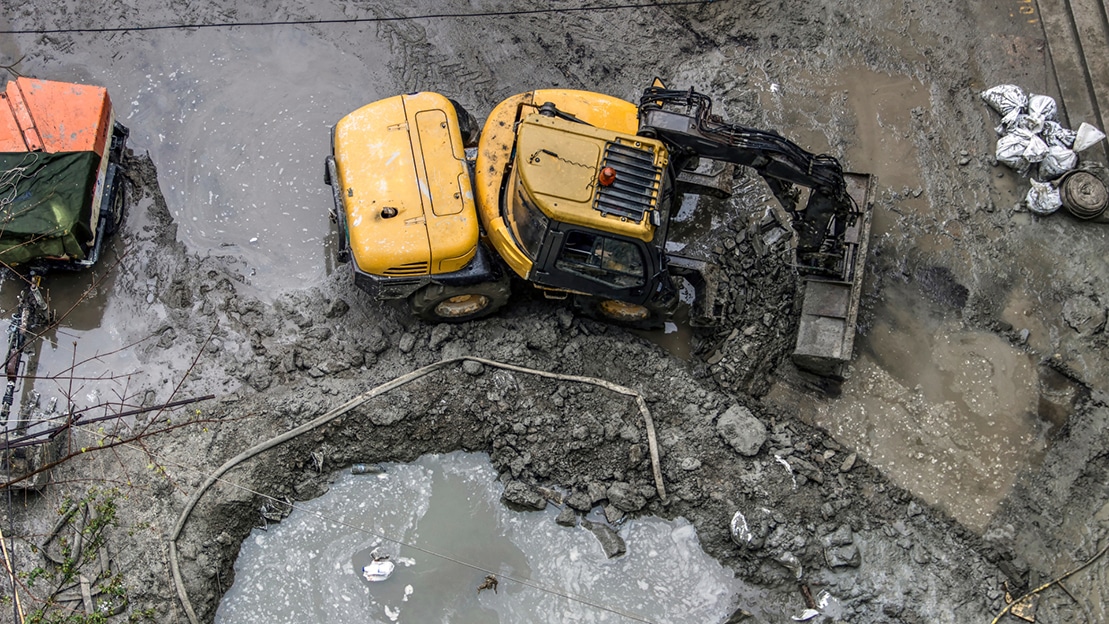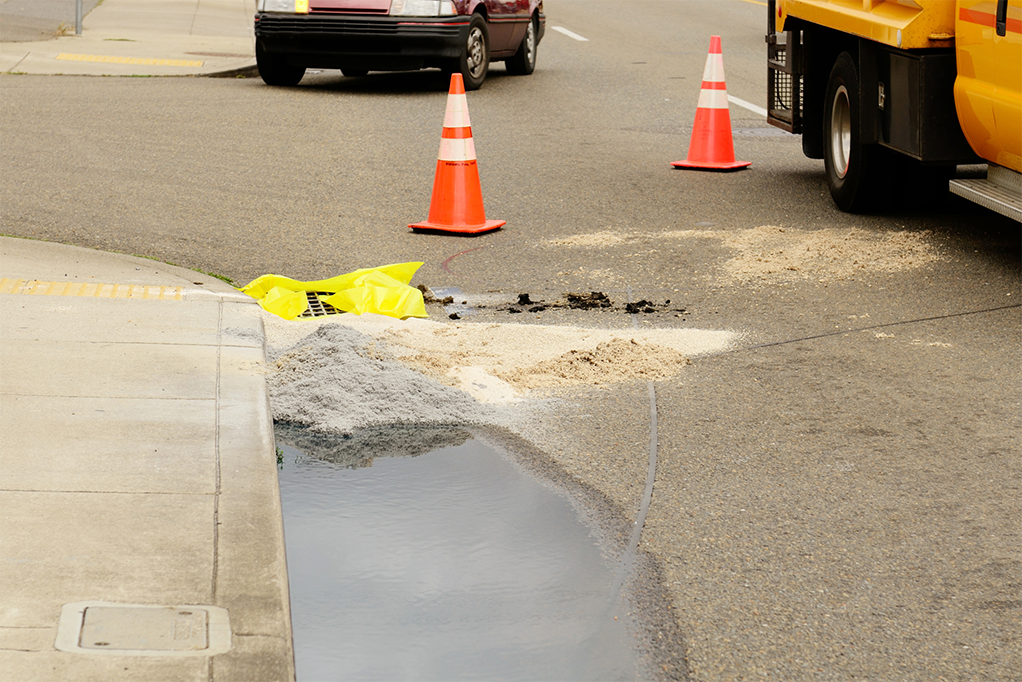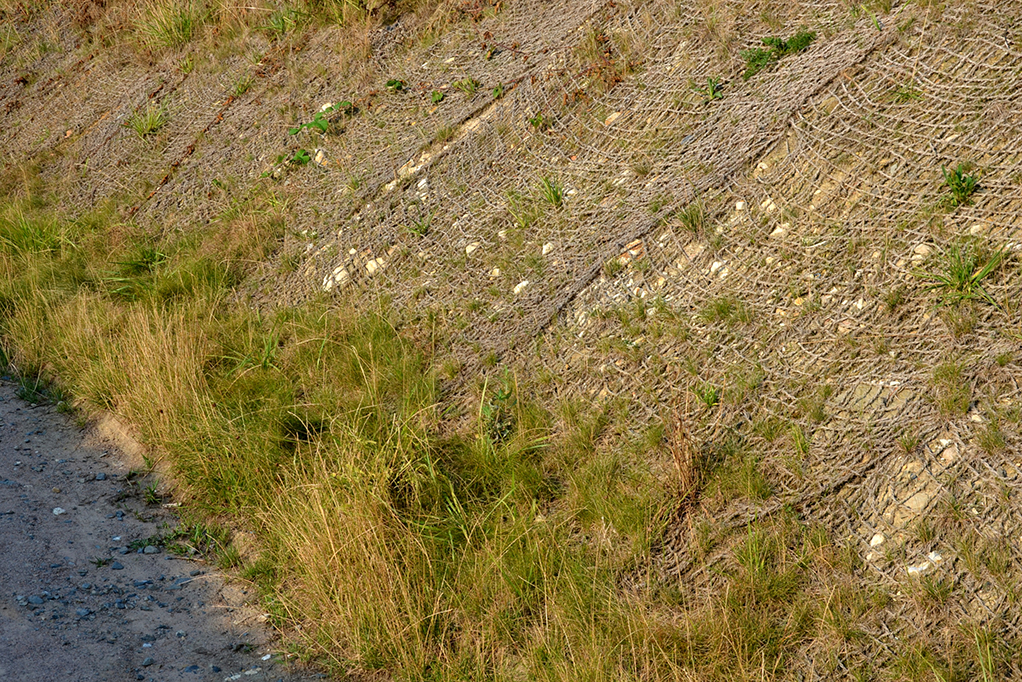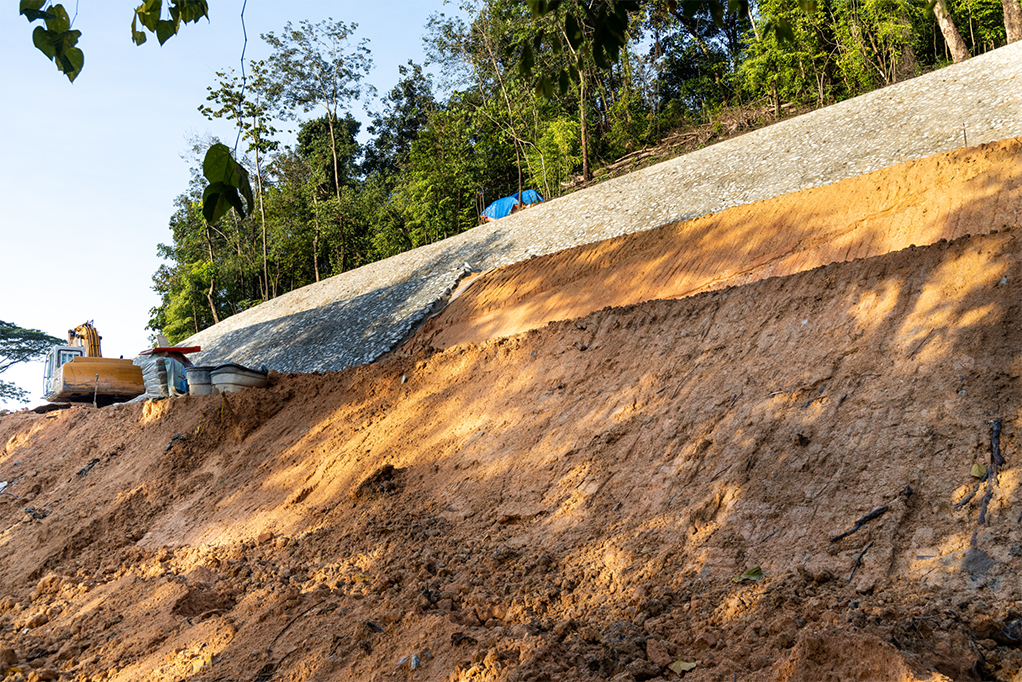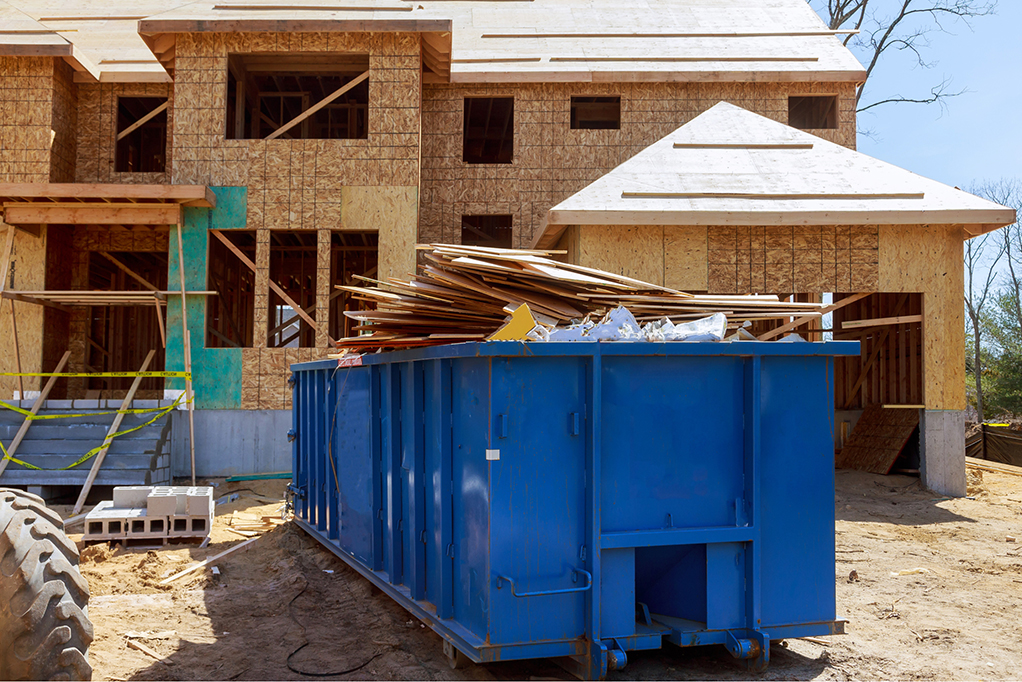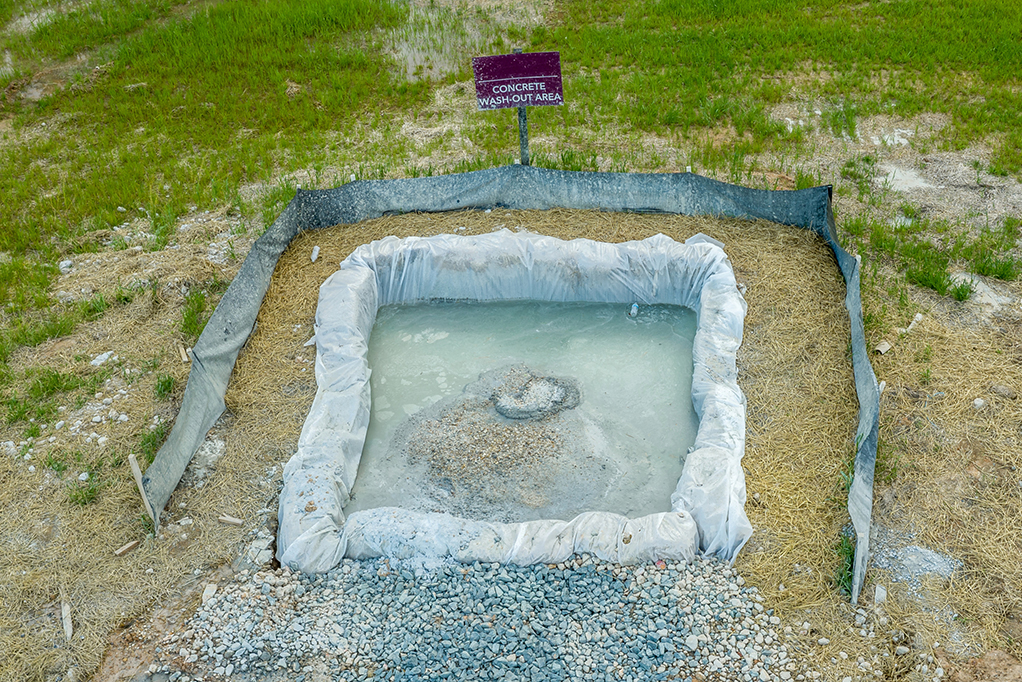Changes in Cloud-Based SWPPPs and EPA Permit Requirements Stormwater pollution prevention plans (SWPPPs) are an integral component for stormwater management methods including managing runoff from construction sites to prevent pollution of water sources. SWPPPs are typically required for construction projects and industrial facilities exposed to stormwater runoff in the United States under the Clean Water […]
Tag: inspections
MS4 Inspections Case Study: Challenges and Software Solutions Abstract This case study delves into the challenges encountered by an MS4 (Municipal Separate Storm Sewer System) inspector tasked with conducting inspections while simultaneously monitoring permitted sites. The role of an MS4 inspector is crucial in ensuring compliance with stormwater regulations and protecting water quality. However, the
MS4 Inspections Case Study: Challenges and Software Solutions | ComplianceGORead More »
Your Guide to Evaluating Stormwater Inspections Management Software
CA Construction General Permit & Stormwater Plan Essentials Navigating the California Construction General Permit and SWPPP Compliance With ComplianceGo The California Construction General Permit, also known as the California CGP, is a key regulatory requirement for construction sites that displace soil or involve land clearing. Understanding the intricacies of the permit, its compliance requirements, and
CA Construction General Permit & Stormwater Plan Essentials | ComplianceGORead More »
What is a Stormwater Inspector? A stormwater inspector is a professional responsible for inspecting various stormwater management facilities, including construction sites, industrial facilities, and municipal infrastructure. The primary responsibility of a stormwater inspector is to ensure that the facilities comply with federal, state, and local regulations related to stormwater management. Qualifications of a Stormwater Inspector
How to be SWPPP Compliant with On-Site Storage Fertilizers Where fertilization is necessary, always follow these restrictions: Apply the fertilizer according to the manufacturer’s specifications.Apply at the appropriate time of the year.Avoid fertilizer use prior to heavy rain.Never apply fertilizer to frozen ground.Never apply to conveyance channels with flowing water.Be sure to sweep off sidewalks
How to be SWPPP Compliant with On-Site Storage | ComplianceGORead More »
Improper Chemical Handling Can Lead to Environmental Damage Environmental damage is completely avoidable with the right planning and tools. We will discuss chemical treatments as a needed erosion control BMP and what resources to consult when using them. Chemical Treatments Treatment chemicals should only be used if conventional BMPs are ineffective to protect against erosion.
Improper Chemical Handling Can Lead to Environmental Damage | ComplianceGORead More »
Ways to Prevent Erosion and Sedimentation Stormwater Conveyances and Sediment Basins Preventing erosion and sedimentation is not as hard as it sounds. We will discuss some ideas below: Stormwater conveyance channels are used to direct water properly and to avoid unstabilized areas. They are designed and installed to minimize erosion. Conveyance channels should use velocity
Ways to Prevent Erosion and Sedimentation | ComplianceGORead More »
Why It’s So Important to Pick Up Your Trash Waste Management Managing waste products is a concern on any site. Waste products can cause significant pollution if they escape into a water body. Any receptacles you use need to protect waste from both water and wind to prevent them from escaping. This is often done
Why It’s So Important to Pick Up Your Trash | ComplianceGORead More »
How to Handle Toxic Substances Commonly Found on Construction Sites Concrete, Paint, and Stucco Concrete, Paint, and Stucco, if introduced into a waterbody, can cause serious issues with a waterbody. Some of the impacts include: Increased turbidityIncreased toxicityHigh (alkaline) pH levelsReduced oxygen levels If these materials are washed onto the soil, these impacts can still
How to Handle Toxic Substances Commonly Found on Construction Sites | ComplianceGORead More »

